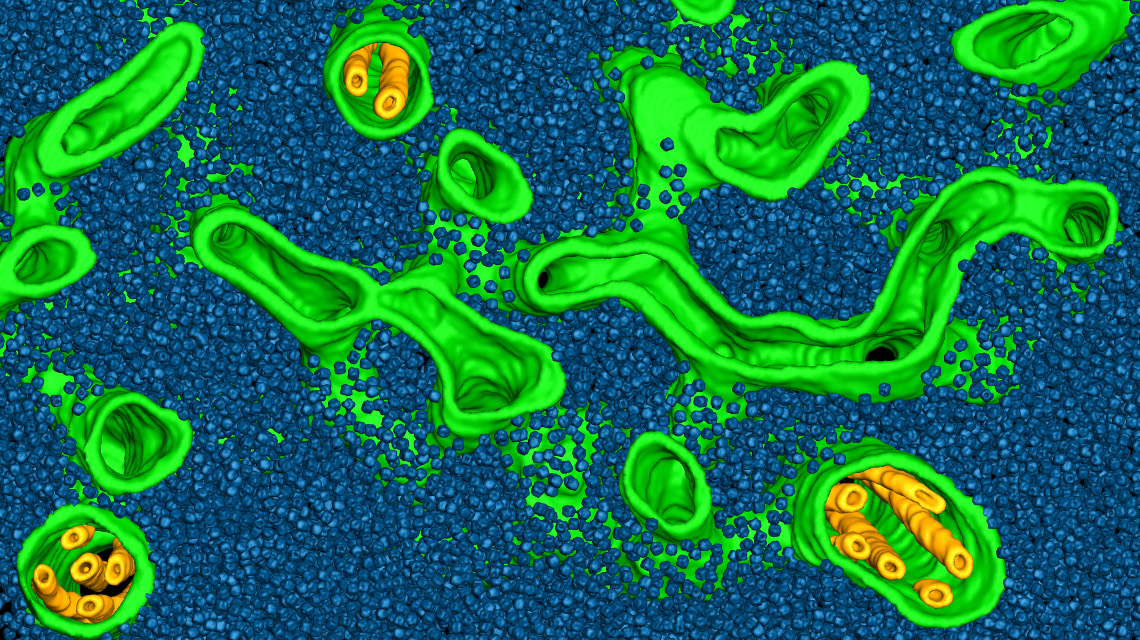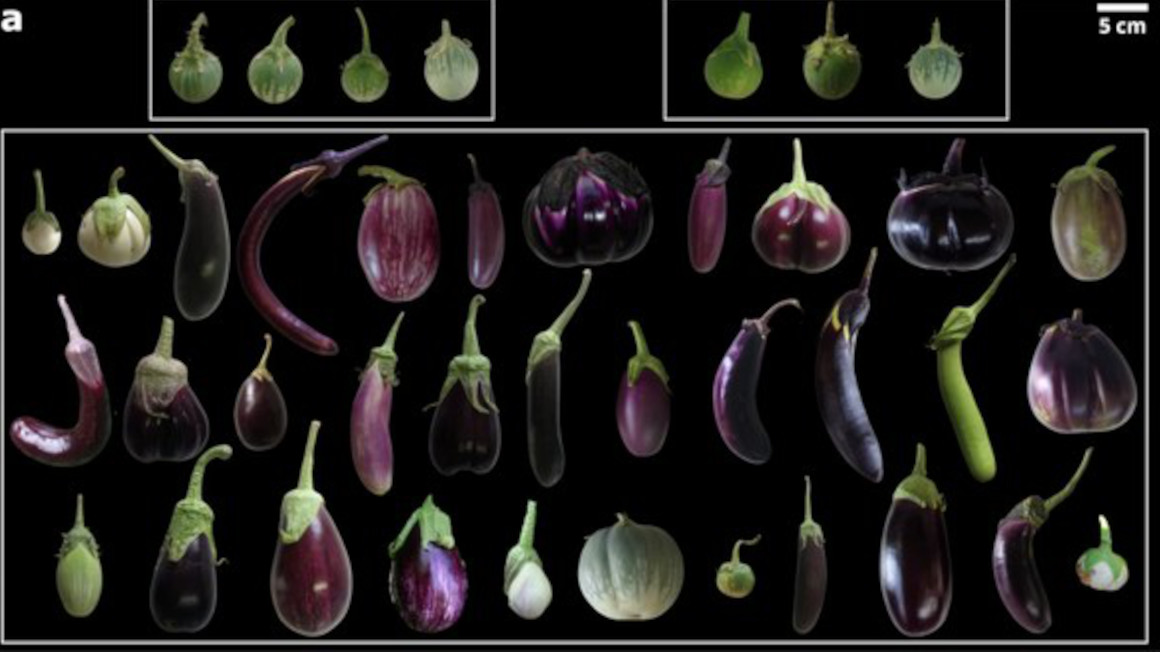Algae bind carbon with liquid compartment
Algae fix carbon dioxide more efficiently than land plants. An international research team deciphered the surprisingly liquid mechanisms behind it.

Global warming and climate change are driven by greenhouse gasses such as carbon dioxide. During photosynthesis, plants and algae act as natural air filters, removing carbon dioxide from the atmosphere and replacing it with oxygen. About half of the photosynthesis on Earth is performed in the ocean by single-celled algae. Plants and algae both use the enzyme Rubisco to bind carbon dioxide. However, a specific mechanism allows many algae to fix carbon dioxide more efficiently than land plants: most of their Rubisco is concentrated in a microcompartment called pyrenoid. Combining several state-of-the-art techniques, an international team of scientists at Princeton University, the Carnegie Institution for Science, Stanford University and the Max Planck Institute of Biochemistry have uncovered that the pyrenoid behaves like a droplet of liquid, which dissolves during cell division to ensure that it is inherited by both daughter cells. The team published their results in the journal “Cell”.
A liquid-like structure
In a first step Martin Jonikas, leader of the Carnegie/Stanford and Princeton groups, and his team found the “glue” that forms the pyrenoid: a linker protein that binds Rubisco enzymes and the pyrenoid. However, it was still not known how the Rubisco proteins are organized within the pyrenoid. To answer this question, the team lead by Benjamin Engel at the Max Planck Institute of Biochemistry used a high-resolution imaging technique, which enabled them to precisely measure the positions of the thousands of Rubisco enzymes within the pyrenoid: Instead of the expected solid crystalline organization, they found only a short-range order for the pyrenoid. Engel explains: "If you compare our measurements to the organization of molecules inside liquids, there are very clear similarities. This suggests that pyrenoids are actually liquid-like structures."
Like oil and vinegar
Using fluorescence microscopy to measure Rubisco movements, Elizabeth Freeman Rosenzweig was able to show that the enzymes move around as they would in liquid. Thus, the pyrenoid is a liquid microcompartment floating within a second larger liquid compartment, the chloroplast. Rosenzweig explains the principle: “Think of oil and vinegar: they are both liquids, but they don’t mix. The vinegar instead forms droplets that float in the pool of oil. Similarly, we think the pyrenoid forms a droplet within the liquid environment of the chloroplast.”
Rosenzweig also discovered that during cell division, the pyrenoid undergoes a “phase transition,” partially dissolving into the surrounding stroma of the chloroplast. Ordinarily, the remaining pyrenoid is pinched into two, with each daughter cell receiving half. However, even cells that failed to receive half of the pyrenoid could still form one spontaneously. They researcher suspect that each daughter cell receives some of the dissolved pyrenoid components, and that these components can condense into a new pyrenoid.
Future plants could counteract global warming and world hunger
In the future, Jonikas and his team plan to engineer pyrenoids into crops such as wheat and rice to address problems including climate change and world hunger. “Understanding how algae can concentrate carbon dioxide is a key step toward the goal of improving photosynthesis in other plants”, Jonikas said. “If we could engineer other crops to concentrate carbon, we could address the growing world demand for food.”
jmr


